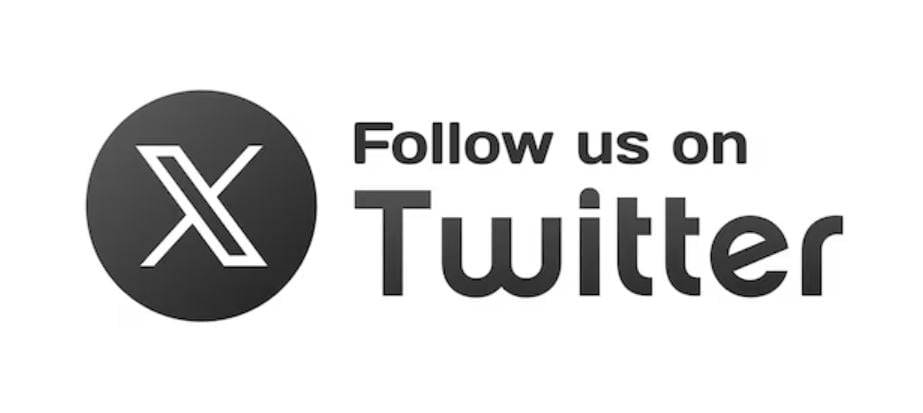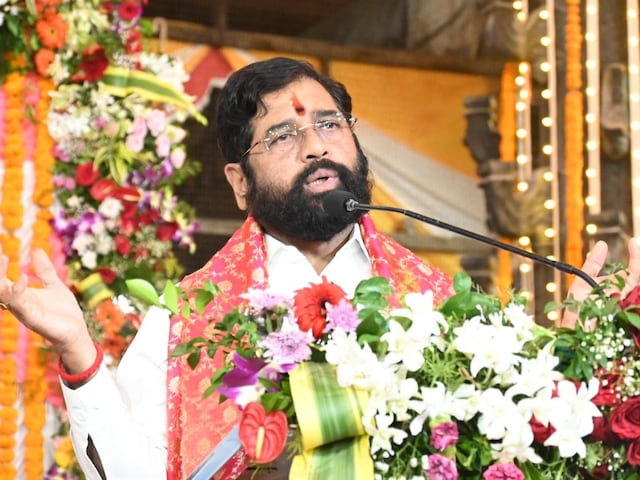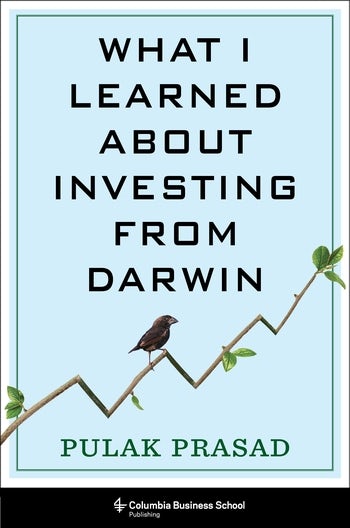he Reserve Bank of India (RBI) is likely to maintain status quo on benchmark interest rate in its second Monetary Policy Meet of this fiscal, scheduled on June 4. Experts believe the central bank will keep the policy rates unchanged and maintain accomodative stance on account of uncertainty over the impact of the second wave of COVID-19 and fears over inflation.

The central bank kept the key interest rates unchanged at the last monetary policy meet in April. The repo rate was fixed at 4 per cent and the reverse repo rate at 3.35 per cent.
In wake of second wave of the coronavirus pandemic, several states had earlier announced local lockdowns. The economic activities has been severely impacted by the restrictions. Amid this, there is a need to enhance liquidity in the system, especially for stressed industries, believed Niranjan Hiranandani, national president of NAREDCO.

“RBI may decide to go with the status quo and maintain an accommodative monetary policy, instead of any further rate cuts. One, intermittent lockdowns are resulting in logistics and inventory challenges. At the same time, commodity prices such as iron and steel are at an all-time high and crude oil prices are likely to increase further as global demand recovers and OPEC decides to cut production. All these will increase production costs. Post economic revival, pent-up demand will further result in demand-push inflation. In other words, there are significant upward pressures on prices in the near term,” said Rumki Majumdar, Economist, Deloitte India.
“With the second wave of COVID – 19 that has brought about a new phase of economic uncertainties, we expect RBI to remain growth supportive and leave the policy interest rates unchanged in the upcoming policy,” said Shishir Baijal, chairman and managing director, Knight Frank India.
“Low interest rate in the economy, has been a very strong supportive factor for the bounce back in the housing sector, witnessed before the second wave of COVID 19. When the real estate sector was just about getting back on its feet, it got hit by the uncertainties of the second wave and ensuing lockdowns. The household’s sentiments have been marred deeply by the second wave of the pandemic. Any meaningful revival of the real estate sector would require sustained demand stimulant measures and easy credit conditions to promote consumption and investment in the sector,” he further added.
The Union government retained the inflation target at 4 per cent with the lower and the upper tolerance band of 2 per cent and 6 per cent, respectively, for the next five years, starting from April 2021. Retail inflation, based on Consumer Price Index (CPI), slipped to a three-month low of 4.29 per cent in April.

“In the current environment, the choices before the monetary policy committee (MPC) may be limited. With the second phase of the pandemic impacting consumption and growth, the MPC will likely maintain status quo on policy rates, continue with an accommodative policy stance and ensure adequate liquidity in the system – all in an effort to stimulate growth. While it will keep one eye on inflation levels on the back of rising global commodity prices, it currently will focus on supporting economic growth,” said Shanti Ekambaram, group president – Consumer Banking, Kotak Mahindra Bank.
“We expect the monetary policy stance to remain accommodative for a large part of 2021, until the vaccine coverage improves dramatically. We estimate the average CPI inflation to moderate to 5.2 percent in 2021-22 from 6.2 percent in 2020-21. Nevertheless, it will remain well above the mid-point of the MPC’s renewed medium-term target range of 2-6 per cent,” said Aditi Nayar, chief economist at ICRA.














